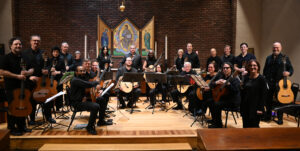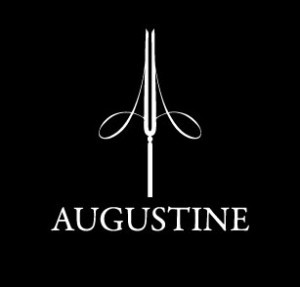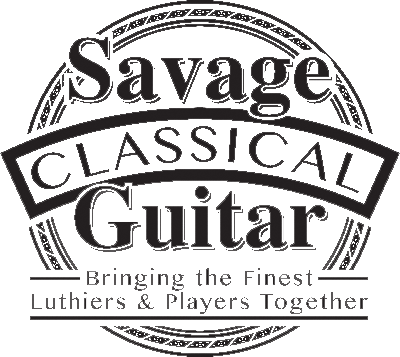by Lester S. Long
January 2004
In the last issue, we looked at the pre-war era and the people who laid the groundwork for the Society’s future. We continue here with the post-war era.
The Society was resumed in 1946, primarily by Vladimir Bobri and Gregory d’Alessio, another illustrator who would become one of the Society’s presidents. Attending the first meeting were approximately thirty people, most of whom were members.
The Society met in a variety of places, generally at restaurants such as The Russian Yar, El Flamenco, and La Zambra. Meetings tended to involve a group of people sitting in a circle, and a guitar being passed around. Often meetings lasted until deep into the night, certainly past midnight, with members playing certain pieces they had been working on. There was a large variety in skill level at the meetings.
When meetings were held in places other than restaurants, attendees would venture to one of the local restaurants, and often a guitar would be brought out of its case and passed around during dinner and drinks.
If a major performer were in the area, the Society would invite him to play during a meeting. Although performances were unpaid, most invitees jumped at the chance, since it was a great honor to perform. The audience for these performers would generally number between fifty and seventy during the 1950s and 1960s.
Gregory d’Alessio had a major influence on the Guitar Review, a publication started by the Society in 1946 and still in publication today. Mr. d’Alessio was graphic designer for the Review, and Bobri was an editor for 39 years.
The Society was not limited to men. Even in its earliest years, women such as Hilda d’Alessio, Gregory d’Allesio’s wife, and Eithne Golden contributed to the Society in a variety of ways. Ms. d’Alessio provided the Society with a place to hold executive meetings, contributed to the creation of Guitar Review covers, and continues to be a force in the visual arts. Ms. Golden served as president and as a member of the executive committee for many years.
While the magazine was a major part of the Society’s workload, there were other efforts. The Society organized ensembles and concerts, assembled classes, and prepared competitions. Concerts were performed at Steinway Hall, Carnegie Hall, Cooper Union, and Lincoln Center.
For most of the Society’s first fifty years, administrative duties were executed in Bobri’s studio on East 50th Street. Bobri’s work outside the Society was also compelling. For example, he authored The Segovia Technique, first published in 1975.
The New York Society of the Classic Guitar enjoyed immense popularity from the 1930s until the 1980’s, but in 1983 the Society was dissolved, and The Guitar Review was purchased by Albert Augustine, Ltd. Tragically, in 1986 Bobri died in a fire at his home in Rosendale, New York. The fire consumed almost all of his material. His scores, guitars, and supplies were destroyed.
Our present incarnation of the Guitar Society seeks to rediscover the history of the classical guitar and its performers in New York City. In doing so we connect with the past and with our heritage.









